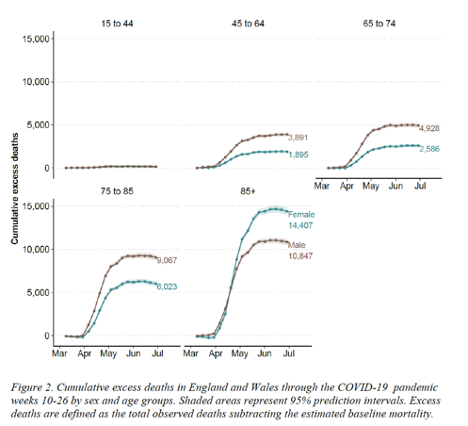From @FCBillari & colleagues "The comparatively higher prevalence of intergenerational contacts in Southern Europe shows a higher vulnerability to epidemics that disproportionately affect older adults." 1/2
"This vulnerability is magnified for Italy, given its higher level of population aging and also higher number of social contacts for the elderly population." contexts.org/blog/structura… @OxfordDemSci @PopulationEU #poptwitter
Does anyone with more context have thoughts on why Greece has been relatively spared relative to Italy and Spain?
• • •
Missing some Tweet in this thread? You can try to
force a refresh








